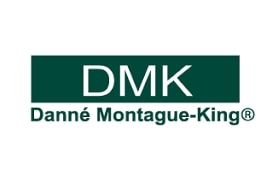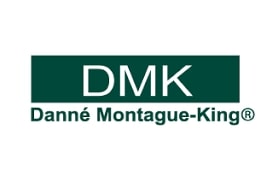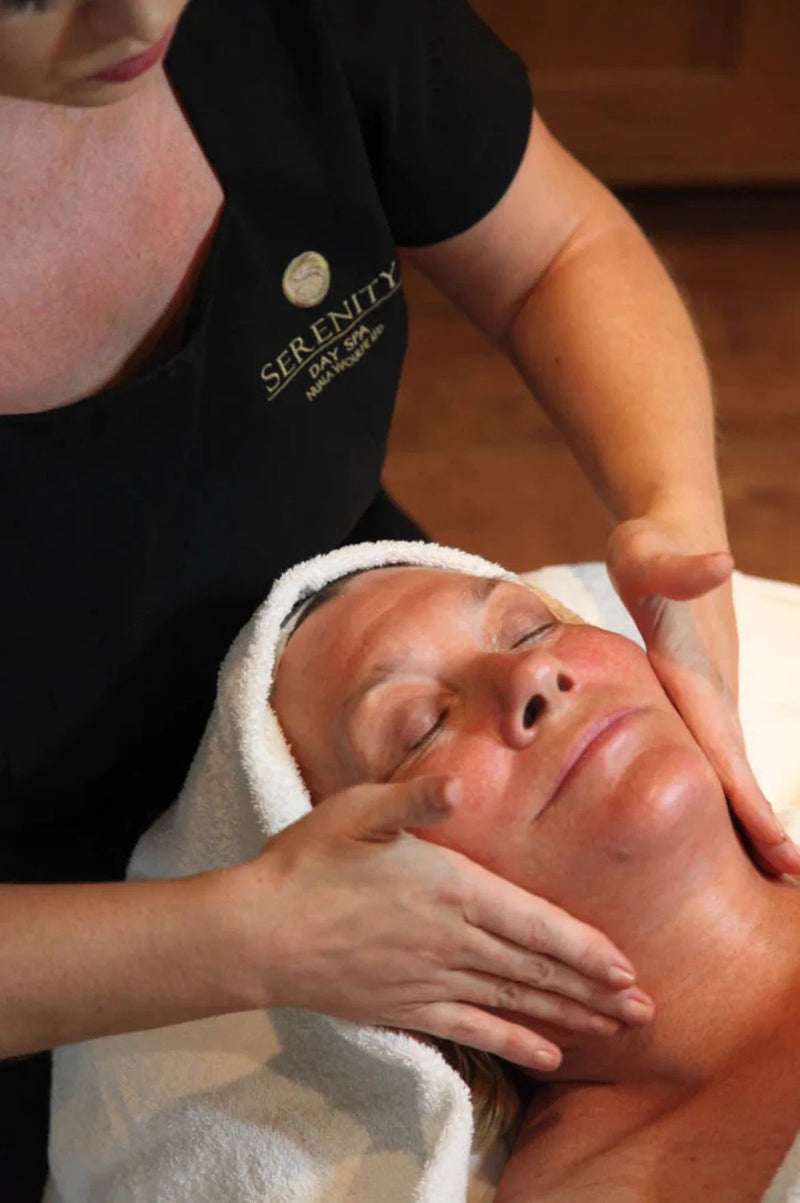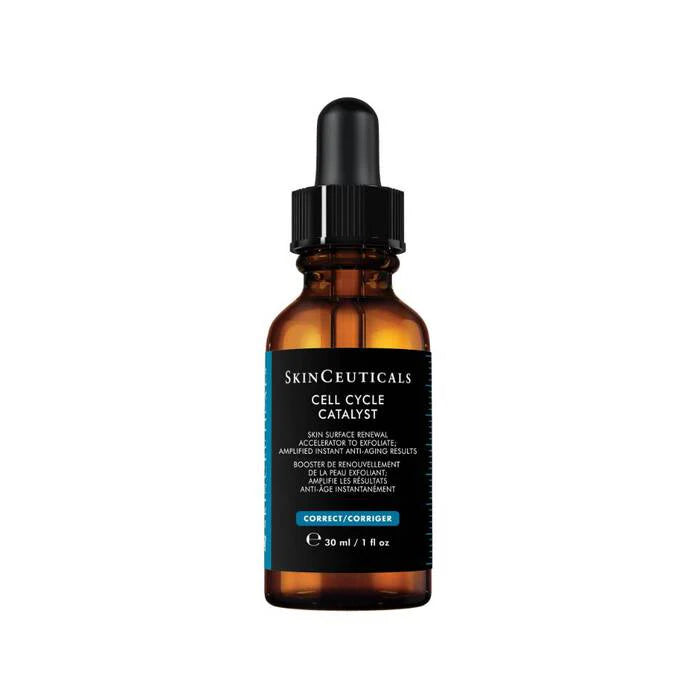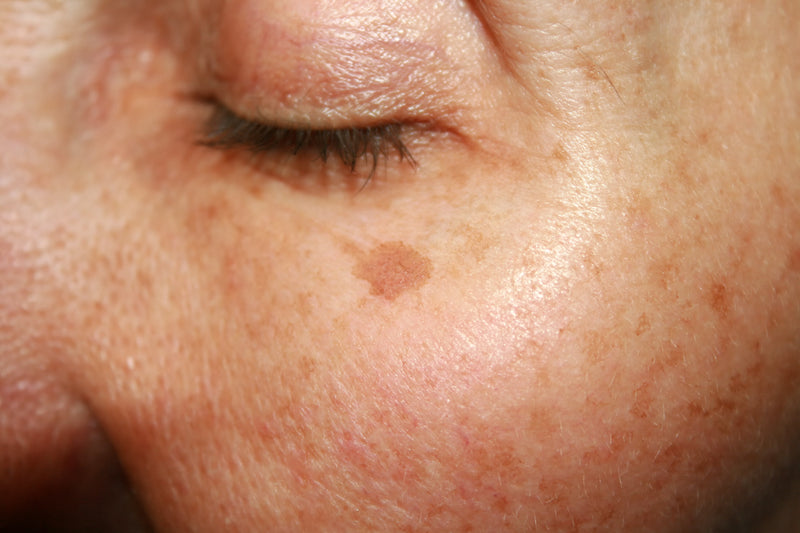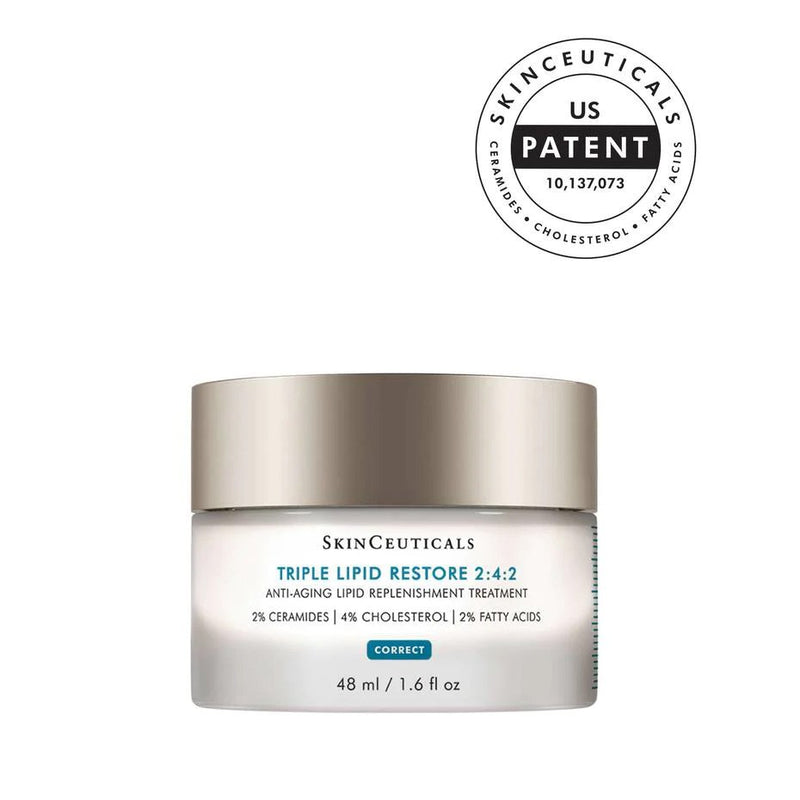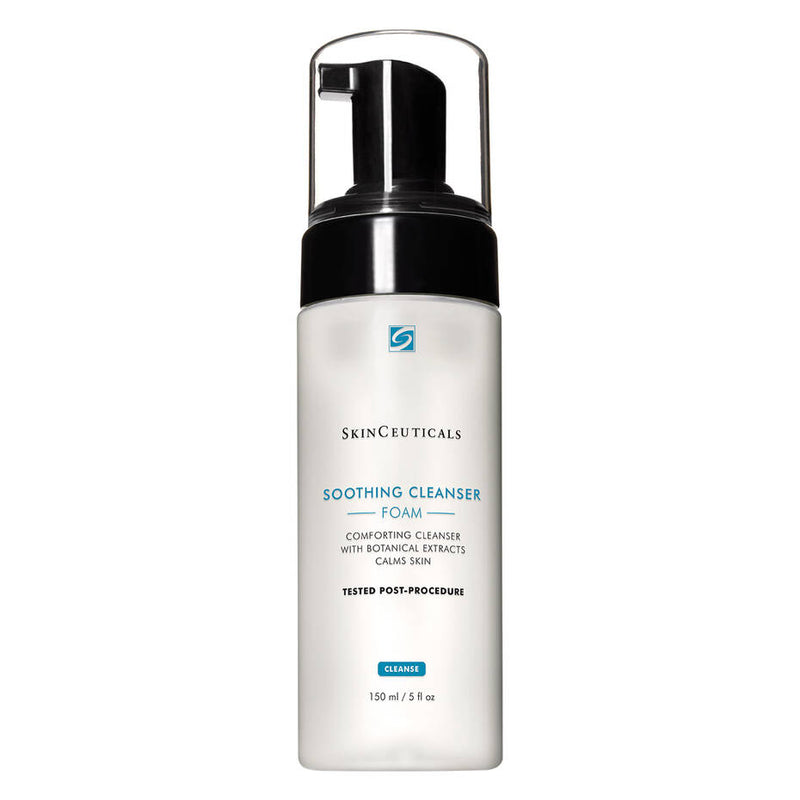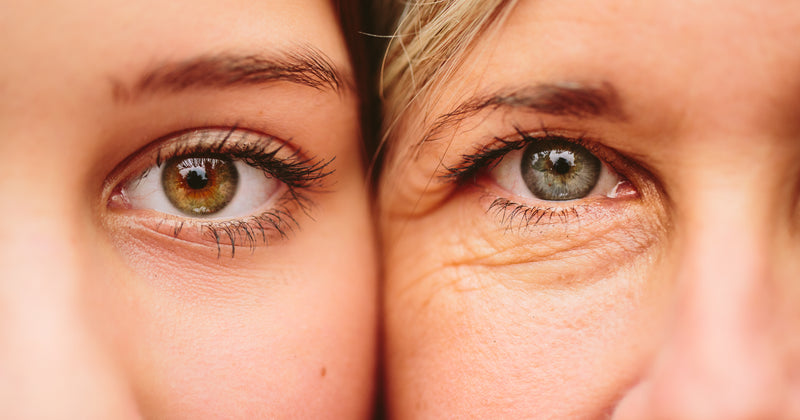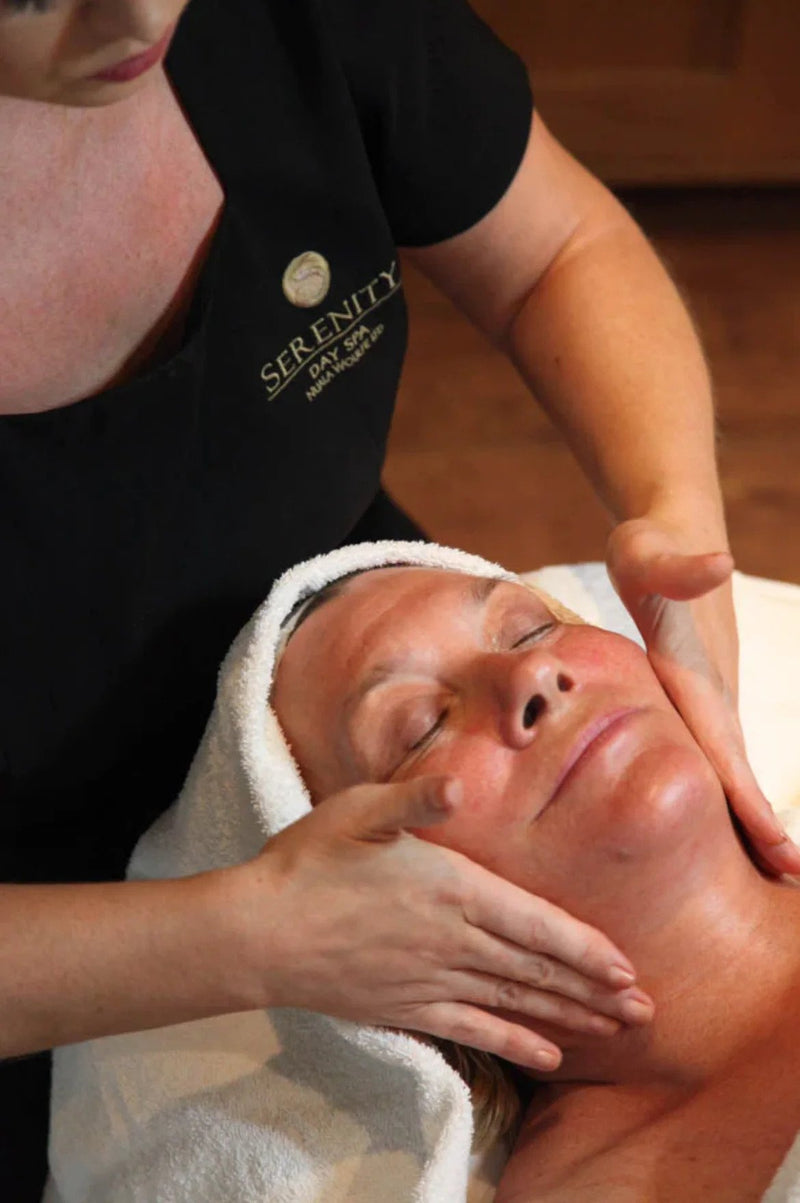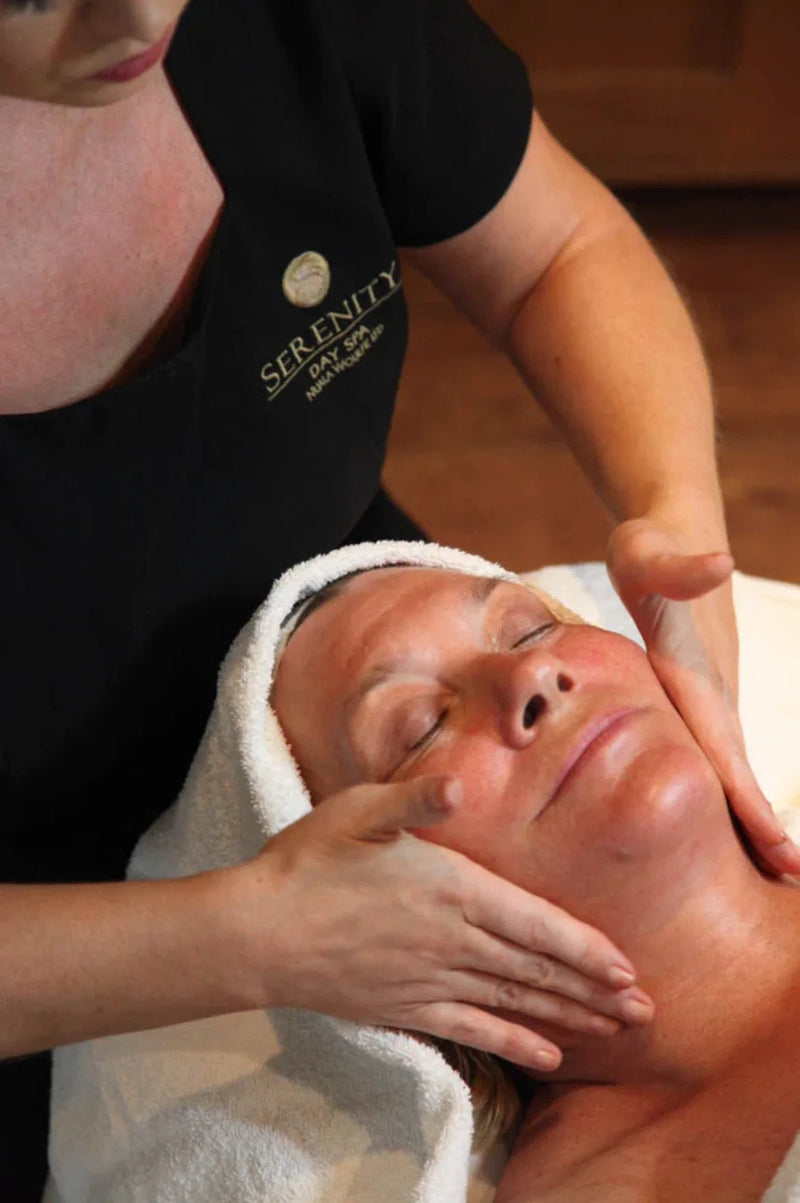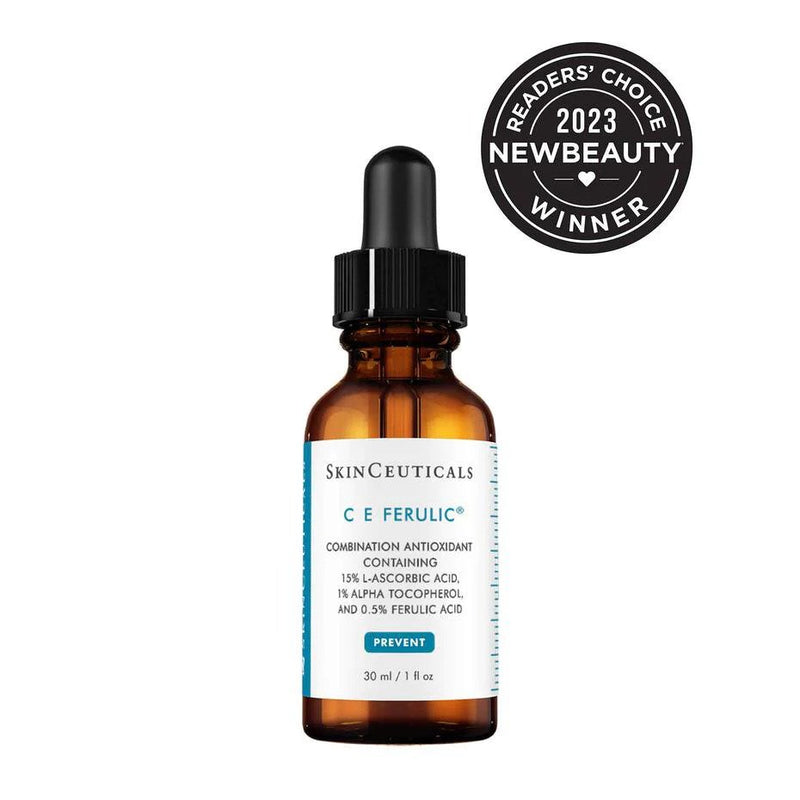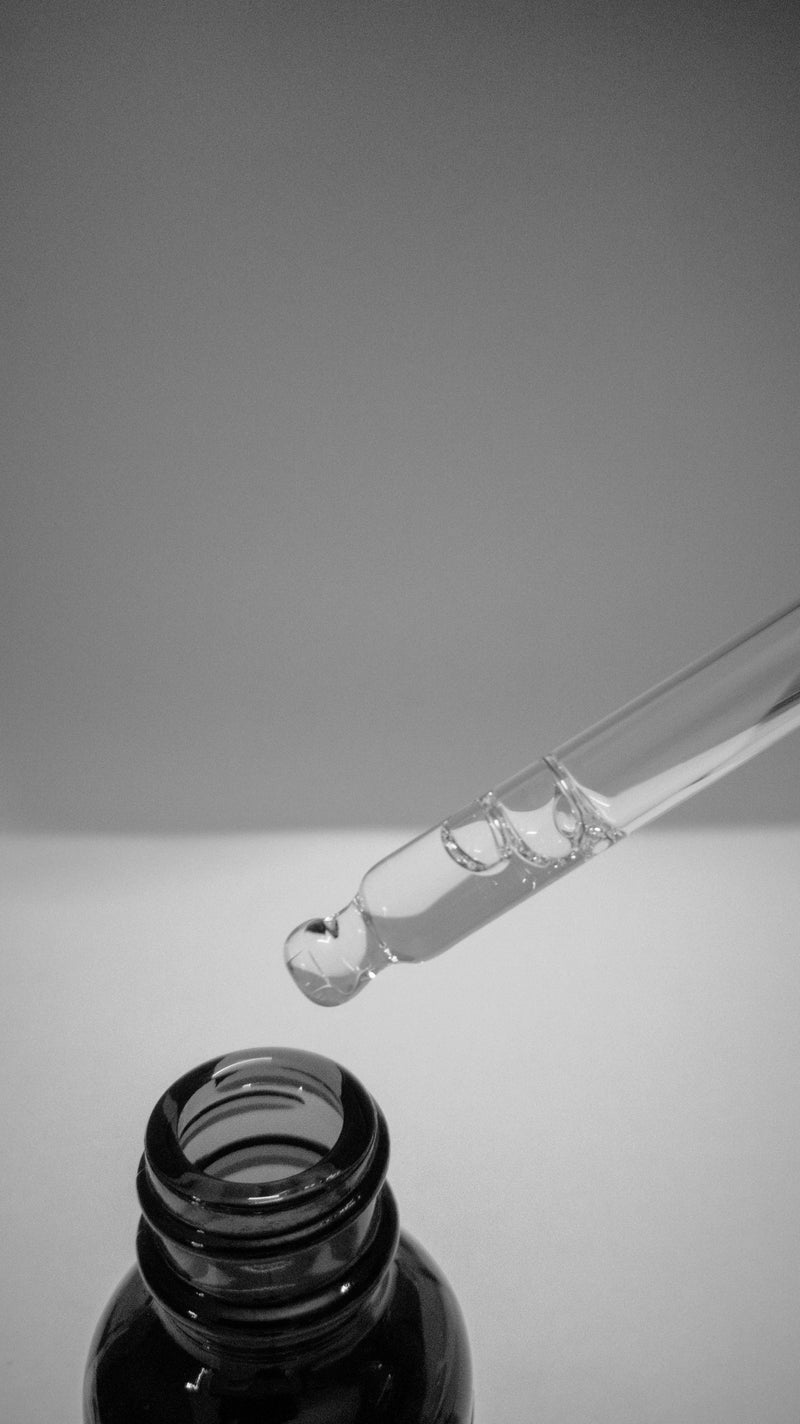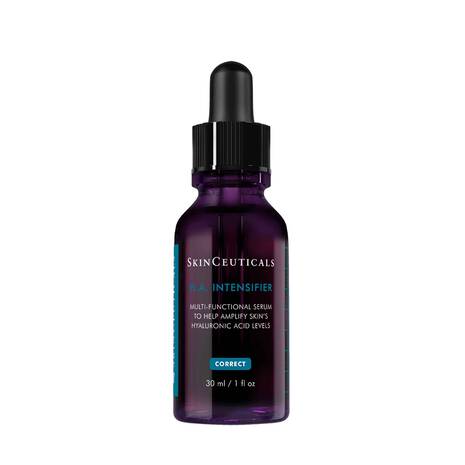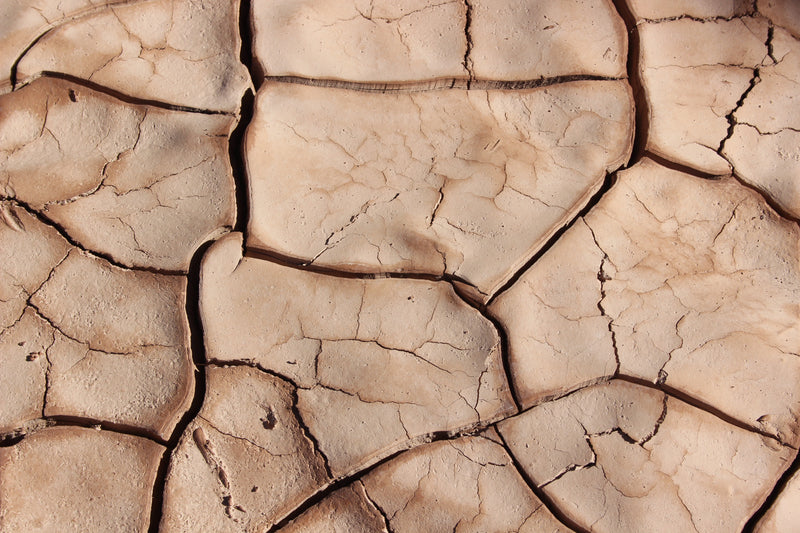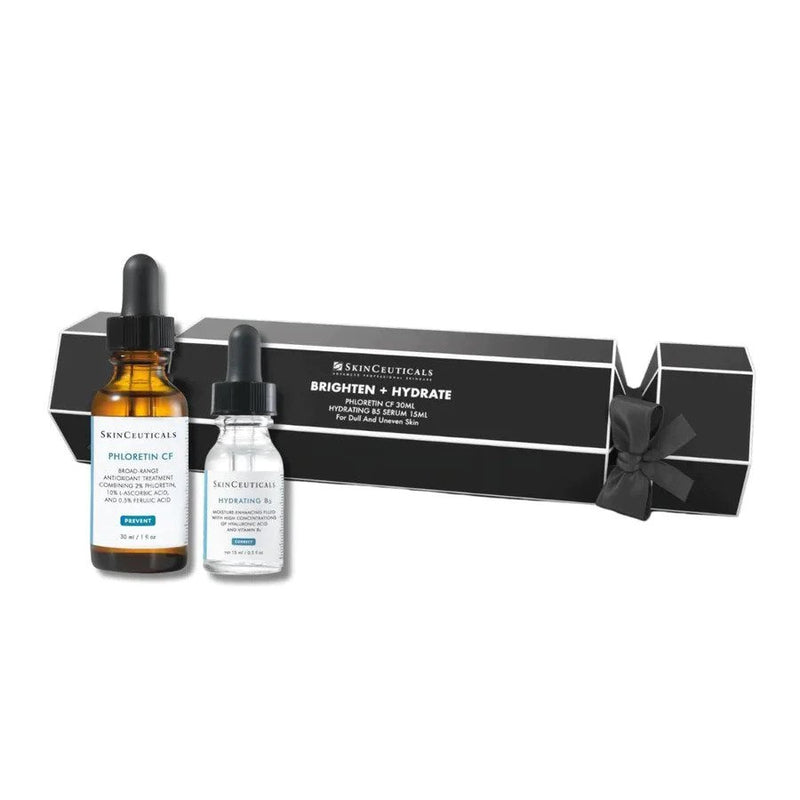
Parabens.
Parabens are a common type of preservative that are used in many skincare products to keep them fresh and resistant to the growth of bacteria, fungi and other microorganisms. Although they are natural organic compounds, several studies have linked parabens to breast cancer as well as reproductive and developmental disorders. Even though there has yet to be any conclusive evidence that they are a cause, the studies have been enough to result in a high pressure on cosmetic companies to remove them from their products.
Avoid ingredients with the suffix “paraben” and look for “paraben-free” indicated on the product labels. Safer alternatives to parabens are phenoxyethanol, sodium benzoate, benzoic acid and benzyl alcohol.
Sodium lauryl sulfate
The purpose of SLS is basically to create a suds, enabling liquid products to produce a lather that cuts through oil and residue. This allows smoother application and leaves your skin feeling clean. Because SLS is so versatile, it is used in many other industries as well and can be found in engine degreasers, floor cleaners and car wash detergents. SLS has shown to cause or contribute to skin irritation, ulcers, eye damage, and disrupting the skin’s natural oil balance. It is also widely believed to be a major contributor to acne, especially around the mouth and chin.
Hydroquinone
Hydroquinone is found in many skincare products that are marketed as skin-lightening agents. The FDA warns that this chemical could be a cause of a skin disease called ochronosis, which creates disfiguring and irreversible black and blue lesions on the skin. However, as it bleaches the skin, it helps with hyperpigmentation, which includes acne scars, age spots, freckles, melasma, and post-inflammatory marks from psoriasis and eczema.Instead, look for natural alternative skin lightening products like plant-based acids such as kojic acid or ellagic acids, antioxidants (vitamins A and C) and niacinamide (vitamin B3).
Oxybenzone
Oxybenzone (benzophenone-3 or BP-3) is an organic compound that is useful in stabilising and strengthening the colour and scent of skincare products. Its most common use, however, is in the form of sunblock as it absorbs UV Beta and UV Alpha rays and is easily absorbed into the skin.
It is easily absorbed into our bodies, the oxybenzone may accumulate and eventually lead to potentially toxic levels.
When searching for a sunscreen, look for safe alternatives like Non-nano zinc oxide or Non-nano titanium dioxide and where possible.
Be aware of buying skin care on line from unknown sources as the product may not be legitimate, out of date or questionable ingredients.
https://www.ewg.org/sunscreen/report/the-trouble-with-sunscreen-chemicals/



